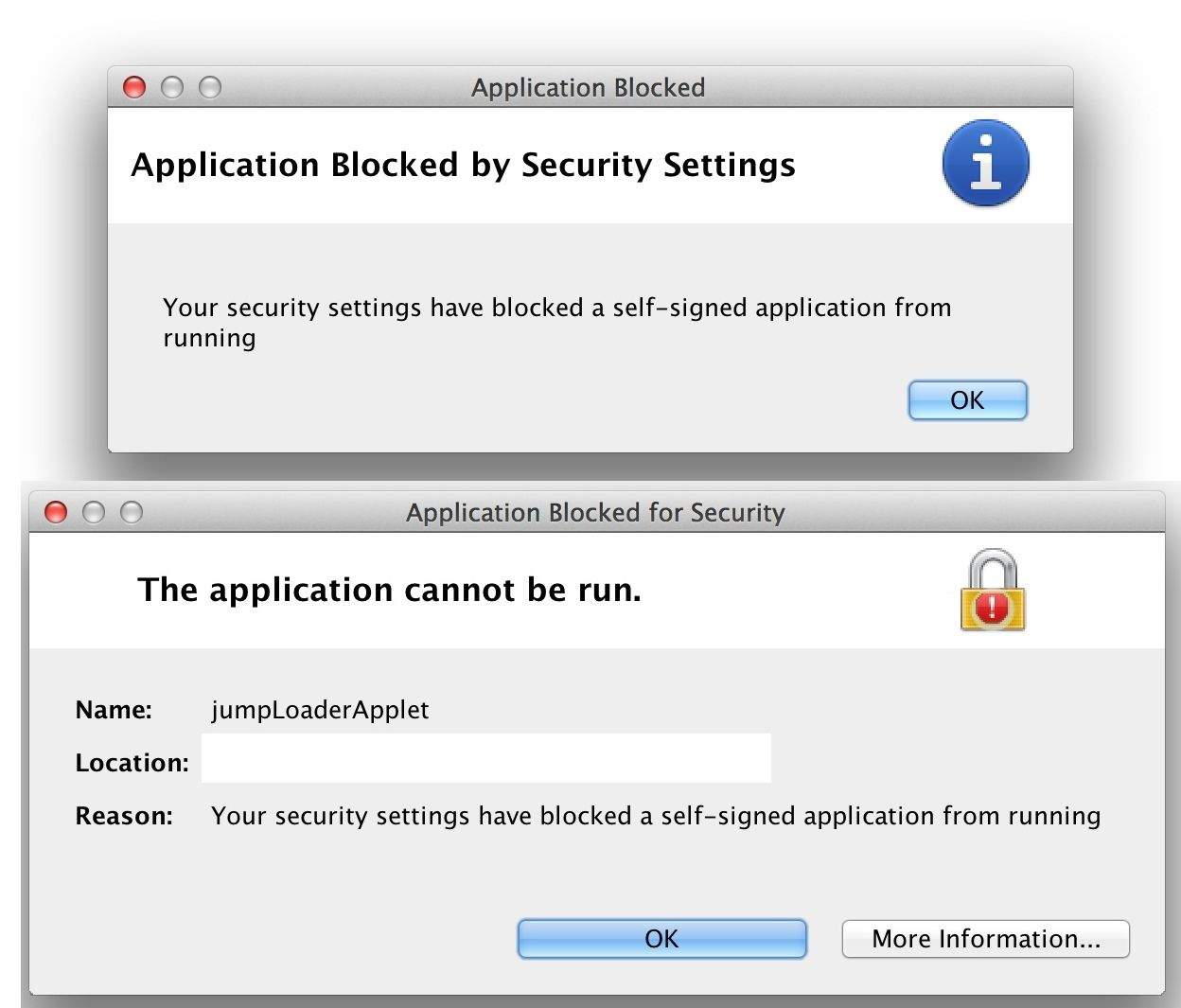May 26, 2014 Hello I have a Mac OS X 10.6.8 and where java should be in system preferences there is nothing. I have java 7 and if anyone could help it would be amazing I've spent 4+ hours trying to find it lol. The Java 2 Platform Standard Edition (J2SE) 5.0 Release 1 software update provides support for cross-platform J2SE 5.0 applications and J2SE 5.0-based applets in Safari on Mac OS X 10.4 'Tiger.' At some point in the future, you'll buy a new Mac with OS X 10.8 or 10.9 installed, and your Mac will be 100 percent free of Java 6. For now, if you're concerned about native Java apps that access.
The preferences files generated by the Preferences API are named com.apple.java.util.prefs. The user’s preferences file is stored in their home directory (/Library/Preferences/). The system preferences are stored in /Library/Preferences/ and are only persisted to disk if the user is an administrator. As of the time when this article was written you can still install and run non-notarized software on macOS 10.15 systems by modifying your security preferences. The following steps show you how to install a non-notarized JDK or JRE. Note: These steps use the JDK 8u231 macOS installer as an example. These steps apply equally to all other JDK.
These documentation pages are no longer current. They remain available for archival purposes. Please visit https://docs.oracle.com/javase for the most up-to-date documentation.
Contents:

Q: How do I install Oracle Java?
A: See the JDK 7 and JRE 7 Installation Guide for the Mac.
Q: How do I install JavaFX?
A The JavaFX SDK and runtime are included in the installation of the JDK and JRE respectively, and they are integrated into the same directory structure. For information on how to work with JavaFX, see the JavaFX Documentation.
Q: Can I restore Apple Java 6 after uninstalling Oracle Java 7?
A: Go back to Apple Java 6 using the following instructions:
- Uninstall Oracle Java 7 by deleting the plug-in file. From a Terminal window enter:
- Create a symlink using the following command, entered on a single line:
Q: I am running Mountain Lion (OS X 10.8) or later and Gatekeeper is blocking an app from launching. What is going on?
A: Gatekeeper, introduced in Mountain Lion (OS X 10.8), is designed to prevent potentially malicious apps from launching. When you attempt to launch an app that doesn't meet certain criteria, Gatekeeper will block the launch. To override this, you can modify Gatekeeper's default settings, or explicitly right/control-click the application and choose Open.
To create a Java application that will launch without interruption under the default Gatekeeper settings, the app must be bundled with a JRE, use Oracle's launcher stub, and be signed with an Apple Developer ID. For more information on creating an app that satisfies these requirements, see Packaging a Java App for Distribution on a Mac.
Java Preferences File
Q: What happened to the Java Preferences app in Application -> Utilities?

A: The Java Preferences app was part of Apple Java installation and is not used by Oracle Java. Therefore, OS X releases from Apple that do not include Apple Java will not include Java Preferences.
One of the functions of Java Preferences was to set the current version of the JRE. Under Oracle Java, only a single version of the JRE can be installed at a time. For more information, see JRE 7 Installation for Mac OS X.
To access the Java Control Panel, click the Java icon in the System Preferences panel. If the Java icon is not present (under the Other category) in System Preferences, you do not have an Oracle JRE installed.
Q: I have Oracle's version the JRE installed, but it is not listed in Java Preferences.
A: This is correct. The JRE will not show up in the Java Preferences list unless you install the full JDK.

Q: I have Oracle's version of the JRE installed, but when I try to use java from the command line, it does not work.
A: Installing a JRE from Oracle does not update java -version symlinks or add java to your path. For this functionality, you must install the full JDK.


Table of Contents
- Resource Locations
- Display Options
- Fonts Options
- Color Options
- Window Positions
- Key Bindings
- Compiler Options
- Interactions Pane
- Debugger Options
- Javadoc Options
- Notifications Options
- Miscellaneous Options
- File Types
- JVM Options
Java Preferences On Mac
The Preferences menu in DrJava can be accessed by selecting 'Edit, Preferences' on the main toolbar, or by the keyboard shortcut Ctrl-semi-colon. This menu gives you the ability to tweak your configuration of DrJava so that it better serves your needs. To switch between Preference Categories, click on the names in the left part of the Preferences window.
The Resource Locations menu allows you to specify the location of many important resources. All of these fields are optional and can be left blank if you want default values to take effect.
Web Browser and Web Browser Command: Allow you to specify which web browser you want to use for viewing Javadoc and Help files. You can choose to specify the Web Browser program directly, state the command you use to launch your browser, or leave both blank if your system has a default browser.
Tools.jar Location: The directory of your tools.jar file which has the compiler and debugger. This file is usually created during the installation of the Java JDK.
Display All Compiler Versions: By default, DrJava only displays one compiler per major version, even if multiple updates are found (Example: You have JDK 6 Updates 10 and 14 installed; DrJava will only display JDK 6 Update 14). To display all compiler versions, mark this checkbox. Note: You have to restart DrJava when you change this setting.
Extra Classpath: A way for you to specify extra directories you want the compiler to look in when it is trying to find class files. Use 'Add' and 'Remove' to control which directories are on the classpath, and 'Move Up' and 'Move Down' to order the directories in the order you want them to be looked through. If no directories are specified here, the compiler will look in the directories of the files you are compiling.
Java Preferences Api
Older versions of DrJava also had the following options:
Java Preferences Macos
JSR-14 and JSR-14 Collections Path: The JSR-14 jar is the location of the JSR14 compiler, while the JSR-14 Collections path is a collection of the generified collection classes, such as Vector<?>. If you are not using the JSR14 compiler, you can just leave these blank.
